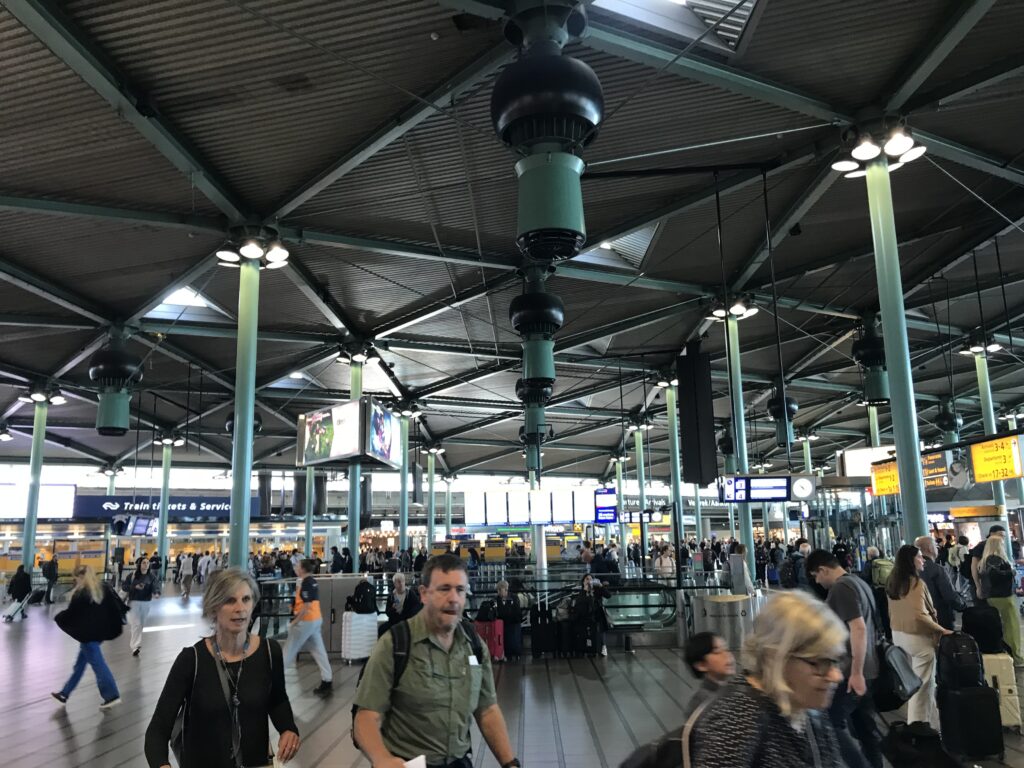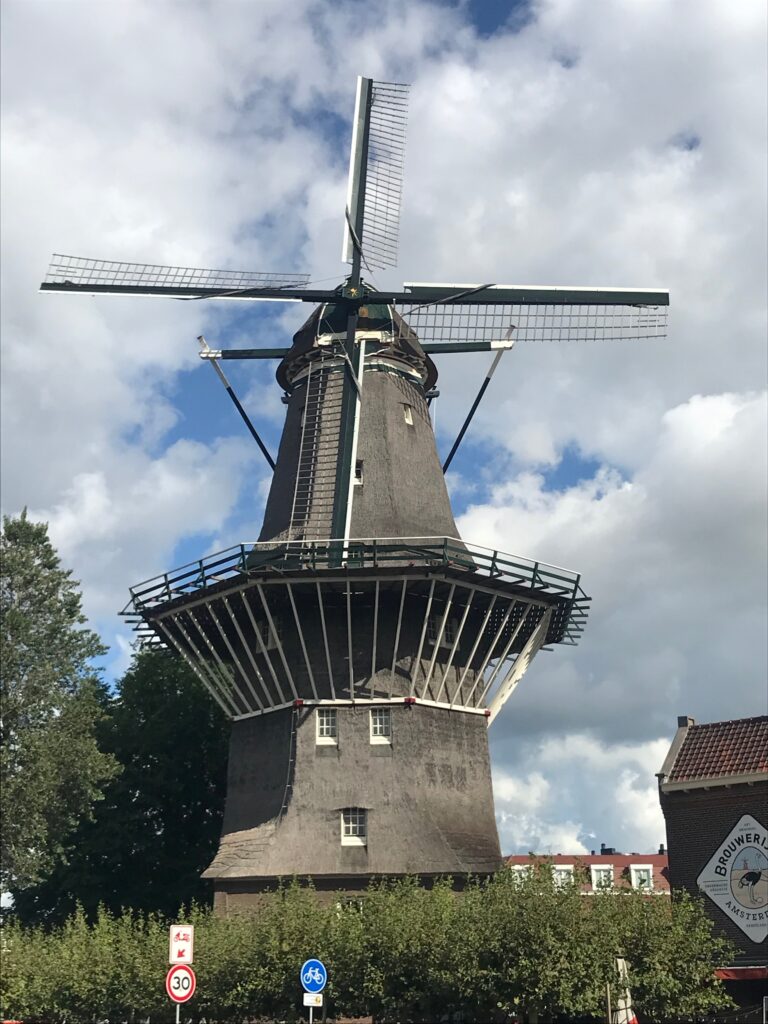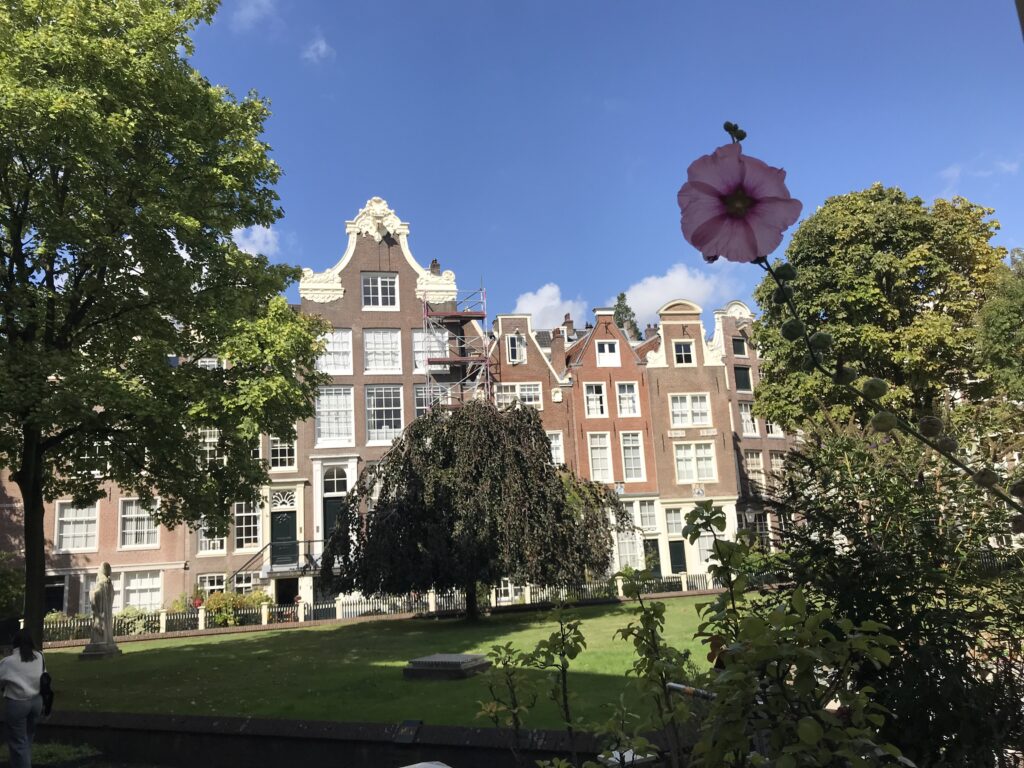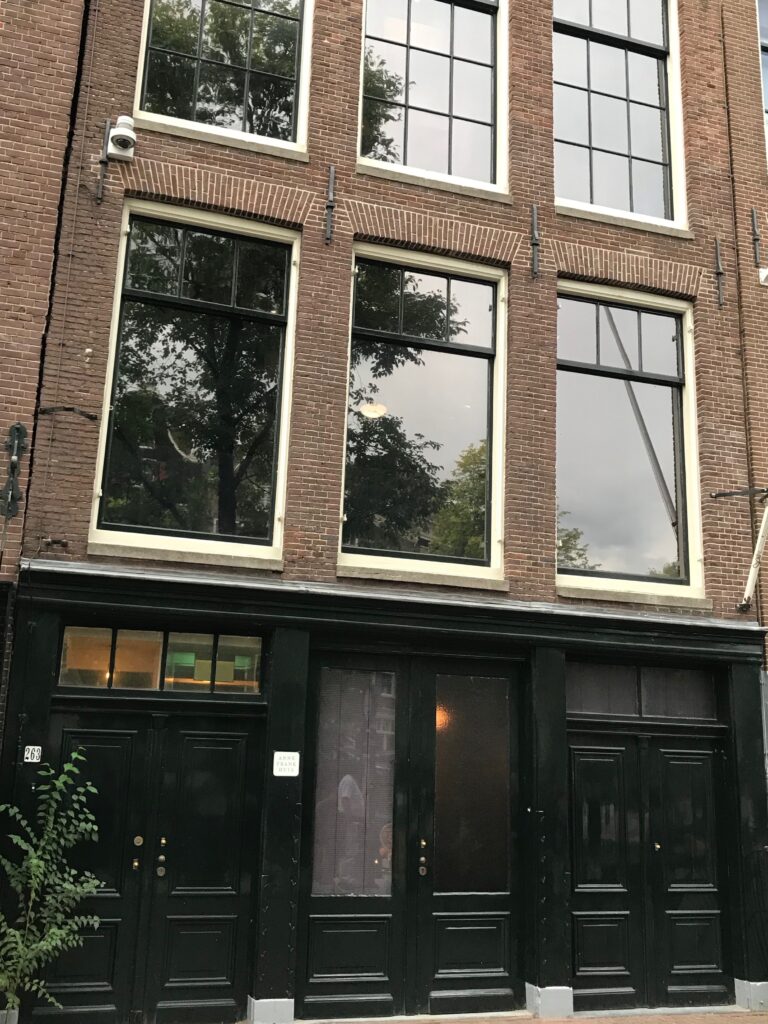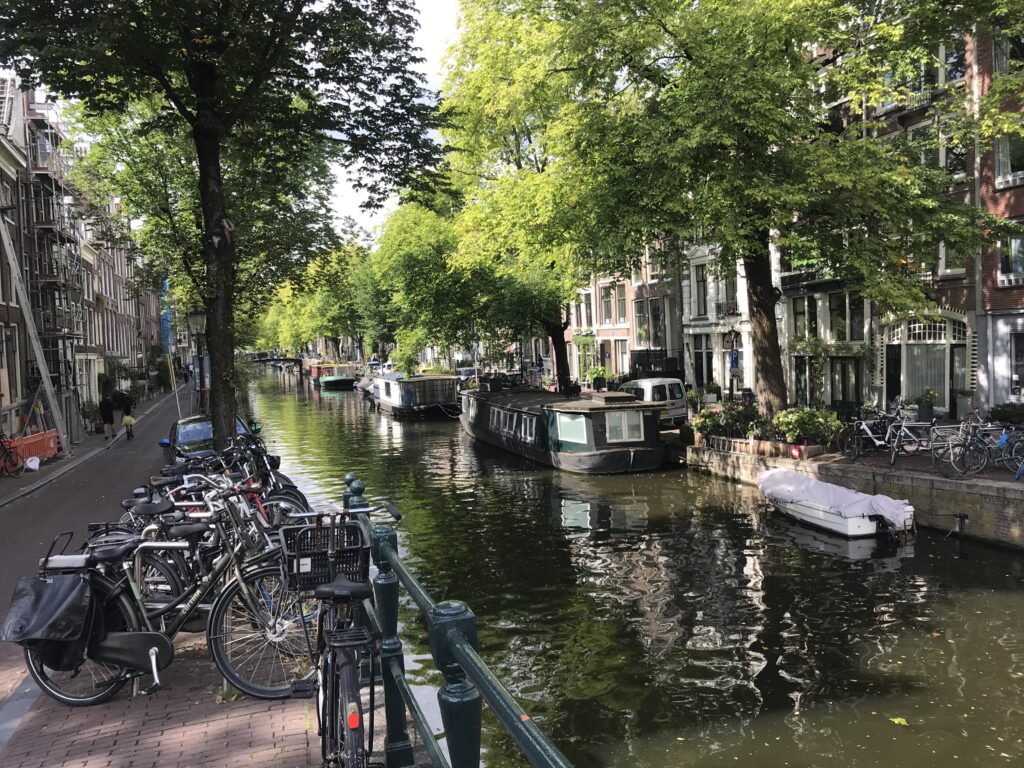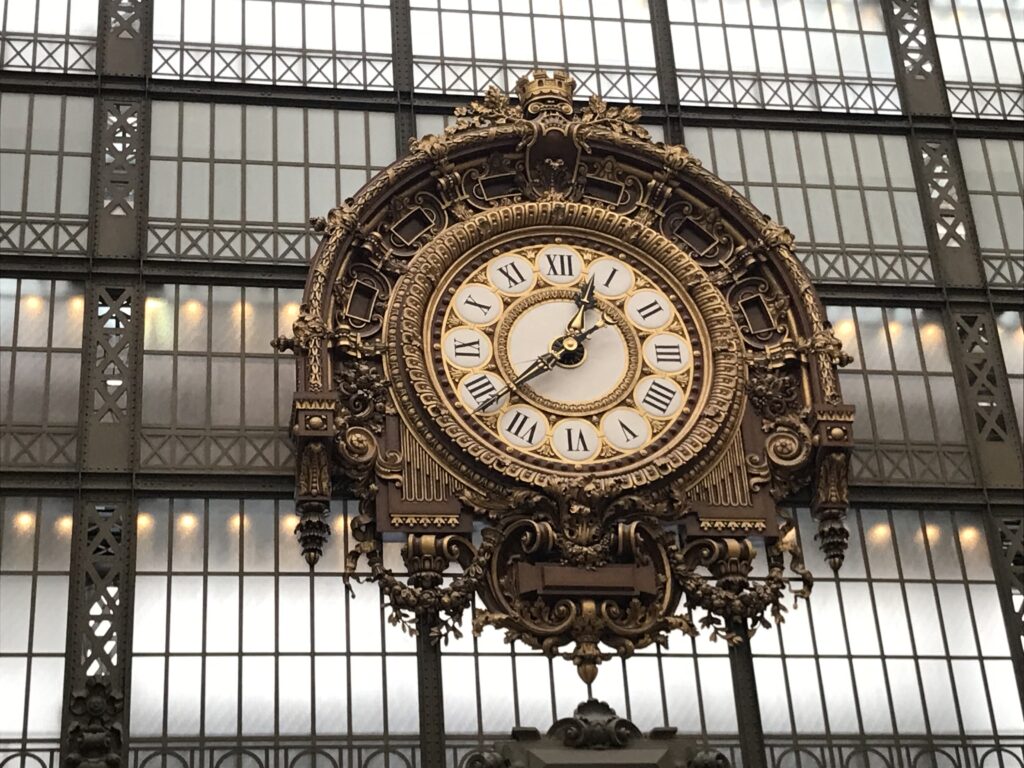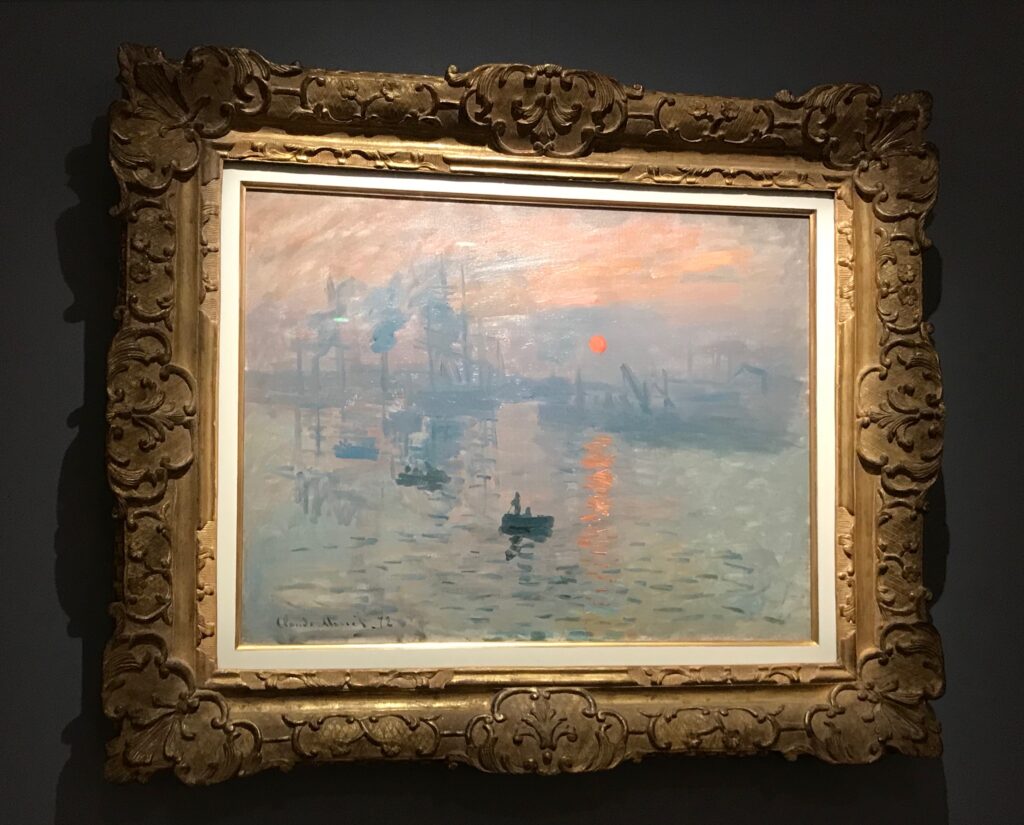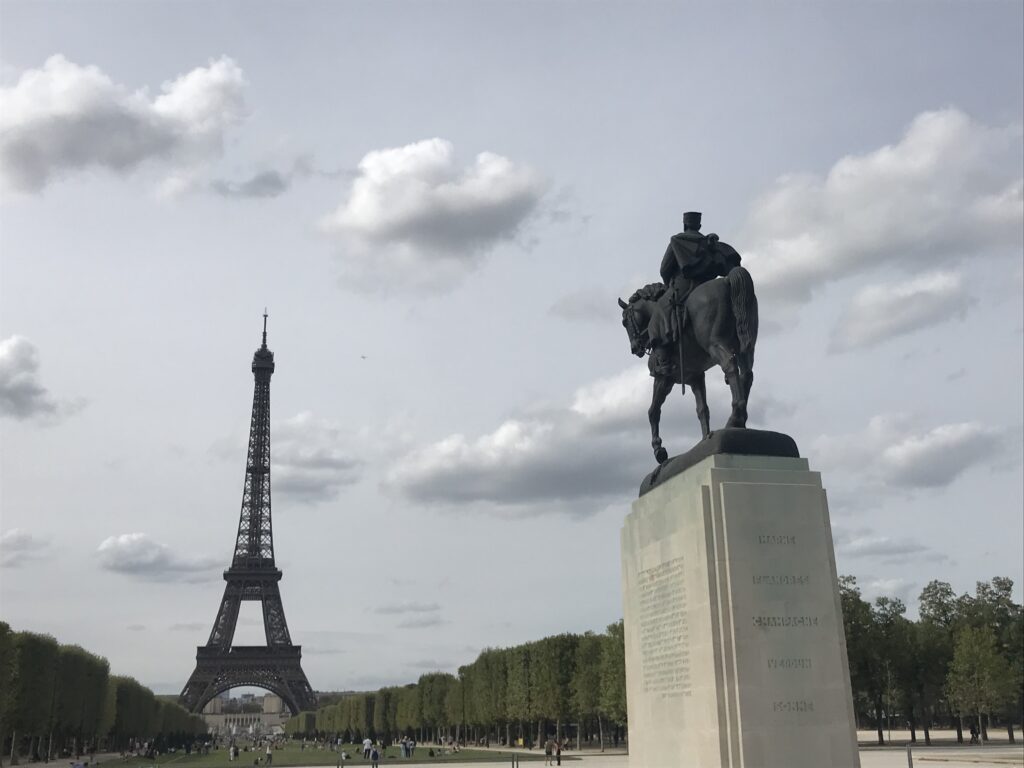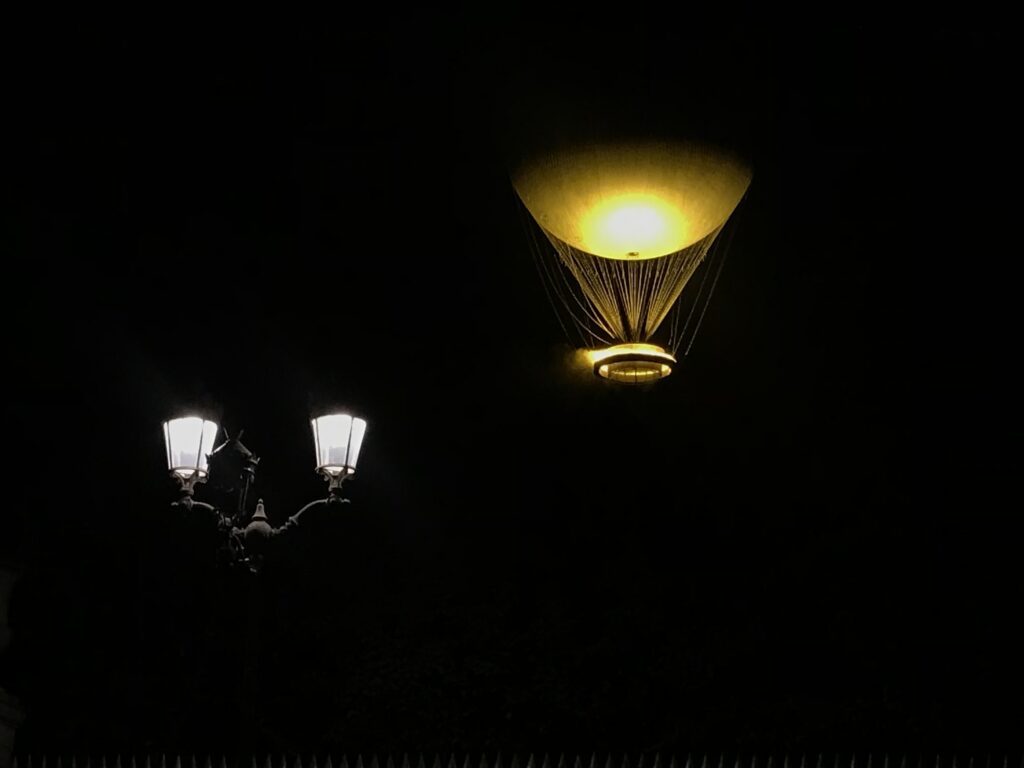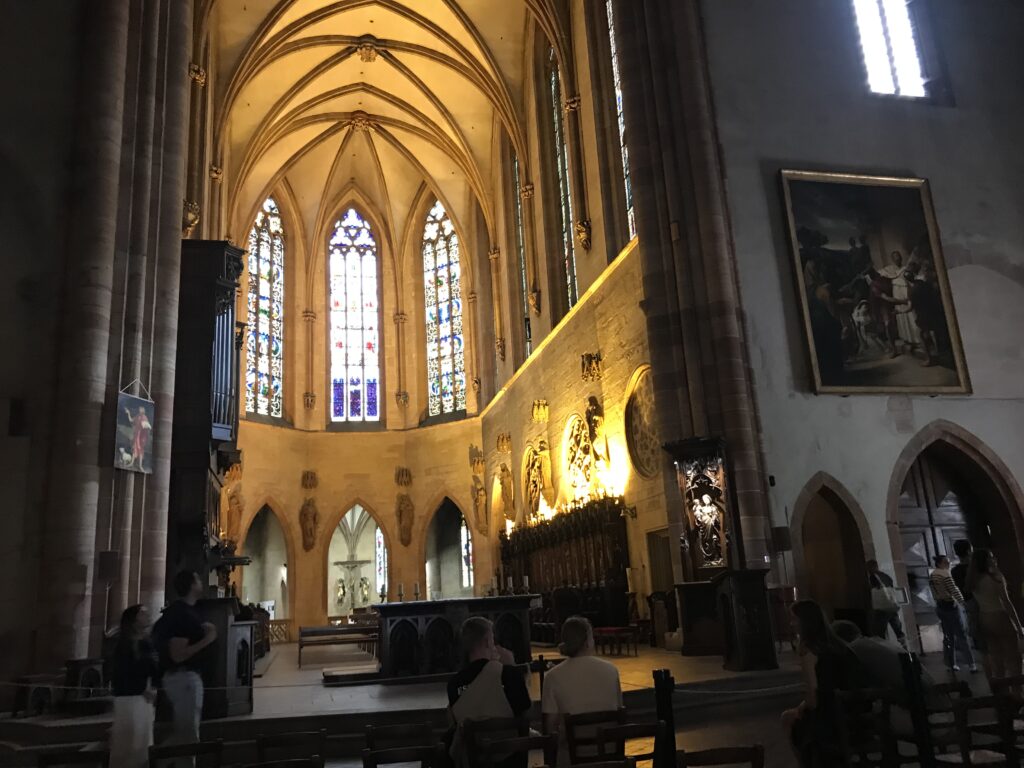Out and Back Again
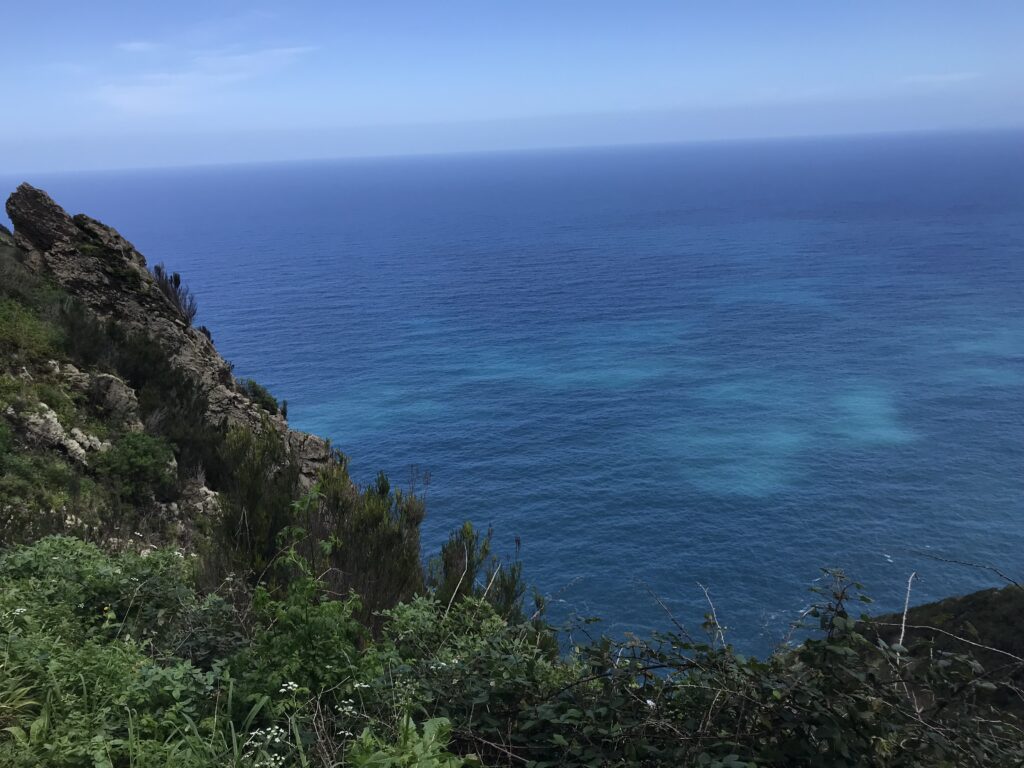
As we closed in on Dulles Airport yesterday, I studied the interactive map on the screen in front of me. It’s fun to see the progress of the plane, though I found myself lingering over the map of Europe.
What I noticed most was the route taken by our Portuguese Airlines jet. Unlike many flights heading to or from the continent, which hug the Canadian coastline and cross the ocean at a narrower point, our flight struck out boldly across the Atlantic.
We were flying through Lisbon, so that was part of it. And I’m sure that the weather, air traffic, jet stream and other variables were factors. But it also seemed in keeping with the Portuguese, who were some of the first to venture forth into the Atlantic centuries ago. And it matched my go-for-it mood.
It’s invigorating to venture out into the world, to find one’s way out and back again. To find the correct train platform when it’s announced over a staticky intercom in a foreign tongue. To roll with the inevitable delays. It’s a bit like flying over the fathomless depths of the Atlantic Ocean.
(The North Atlantic, viewed from the Portuguese island of Madeira.)
